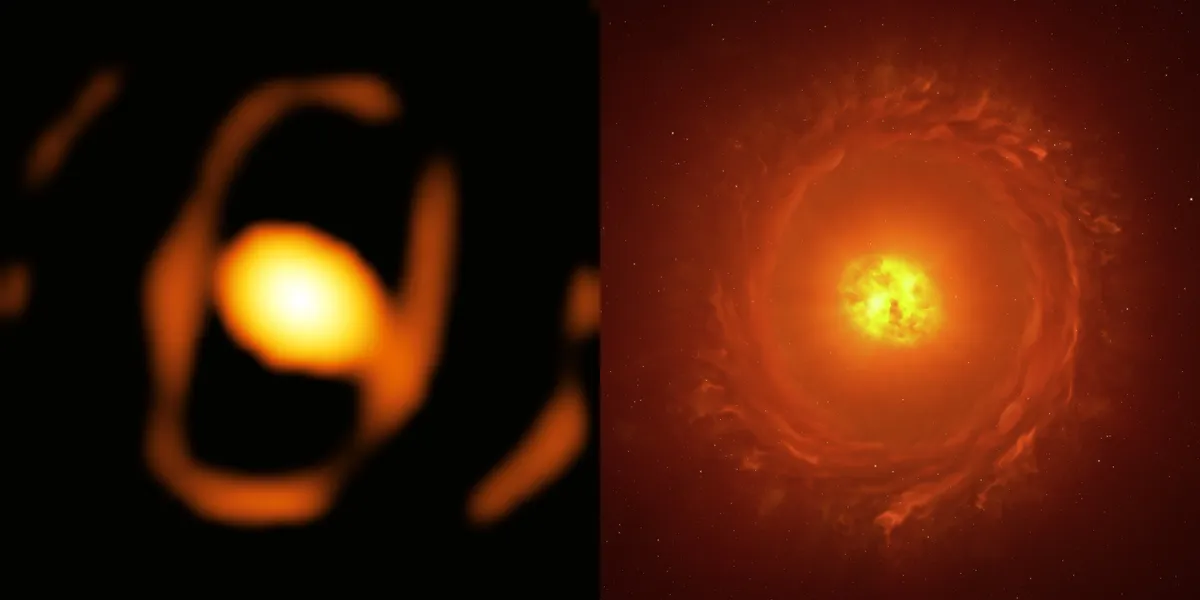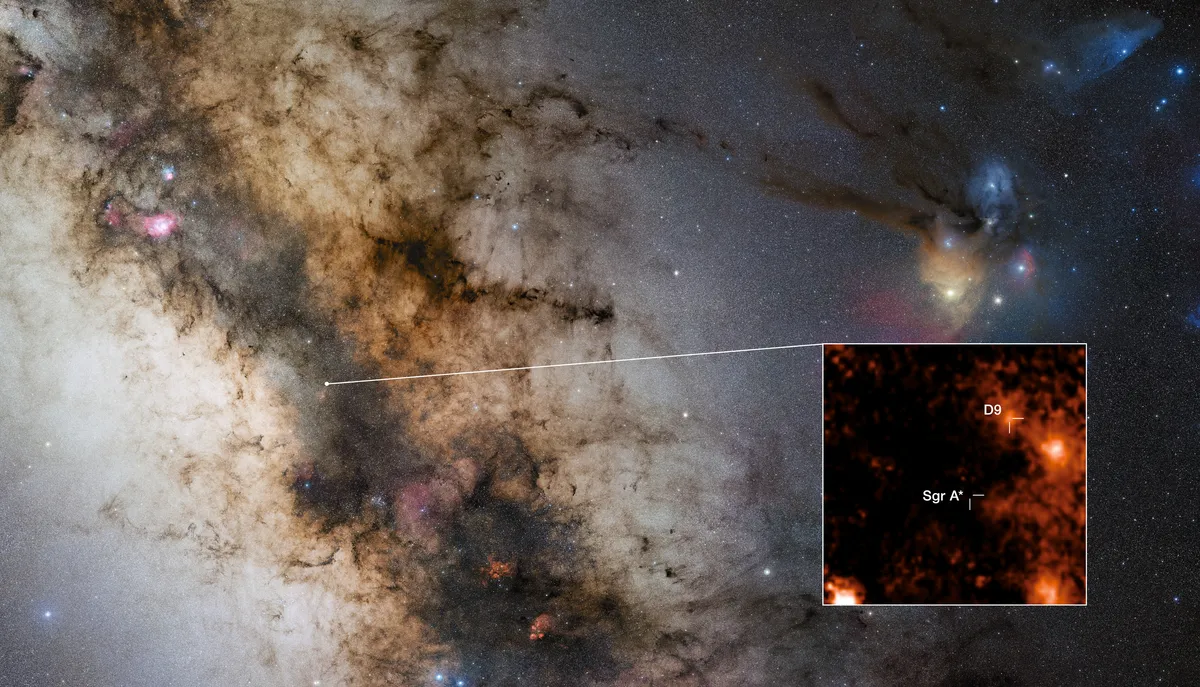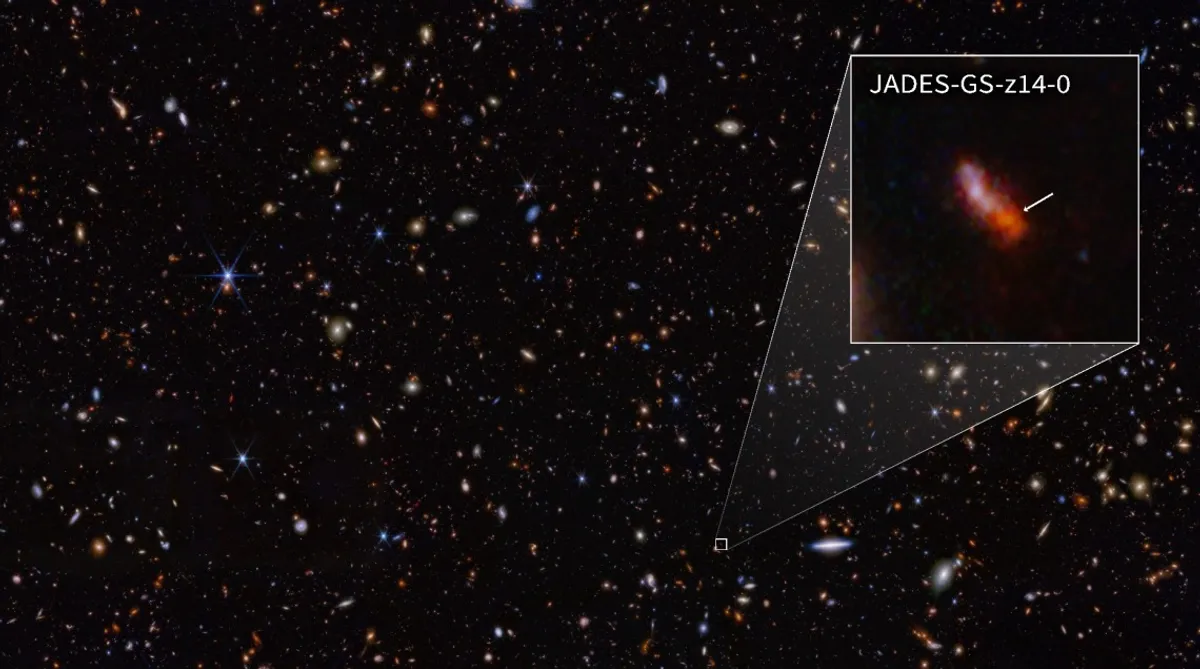Cutting-edge astronomy is always a balance between the most incredible breakthroughs and realizing those breakthroughs have not just provided answers, but have also raised questions – some old and some new.
This last year did not buck the trend. Astronomy discoveries were delivered aplenty, leading to crucial new insights. Still, new mysteries and old challenges loom large in the field. It wouldn’t be fun if we knew everything, would it?
The year of the solar maximum
The Sun is obviously our closest star which makes it the best-studied star as well. The last several years have brought new understanding in the many mysteries that surround the Sun thanks to recent space missions such as NASA’s Parker Solar Probe – which just survived the closest ever passage of a human-made object to the Sun. There’s also the European Space Agency’s Solar Orbiter – the most complex scientific laboratory ever sent to our star – which is capturing detailed views never seen before.
Working together with insights from the new Daniel K. Inouye Solar Telescope, they have started to unravel the Coronal Heating Mystery. The atmosphere of the Sun, the corona, is hundreds of times hotter than the Sun’s surface. Close observations have reveled complex magnetic behavior and magnetic waves that could be heating it up.
“Until recently we have been observing the Sun from afar – we couldn’t get as close – and there are some key measurements that we need in particular of this explosive activity of the Sun, like flares and coronal mass ejections. We want to make these measurements as close as possible to the Sun,” Dr Nour Rawafi, project scientist for Parker Solar Probe, told IFLScience.
What was probably most exciting recently was the beginning of the solar maximum. This is the peak of activity for the Sun and as we explored in an exclusive feature, thanks to Parker, Solar Orbiter, and Inouye, we have never studied it like this before. We have seen the effects on Earth aplenty, with regular geomagnetic storms – the latest one providing some New Year’s Eve fireworks – like the extreme one that hit our planet in May causing aurorae at much lower latitudes than usual.
“Solar Orbiter is not aimed to look at solar maximum, as some specific solar activity missions are but it is bringing some unique things to the table,” Dr David Williams, Instrument Operations Scientist for Solar Orbiter, told IFLScience.
“It does have a lot of instruments on board that have the capability to look at this maximum activity, whether it’s imaging the hard X-rays or the particles that are traveling from the Sun,” agreed Dr Miho Janvier, solar and space physicist at the European Space Agency.
Stellar details from another galaxy
While the Sun is still our number one star, humans are able to see stars in detail farther than ever before. Using the European Southern Observatory’s Very Large Telescope Interferometer, astronomers snapped the first detailed image of a star in a whole other galaxy.
WOH G64 is a red supergiant in the Large Magellanic Cloud, one of the satellite galaxies of the Milky Way. It is 160,000 light-years away – a stupendous distance! Luckily, the target helped by being enormous: 2,000 times larger than our little yellow Sun. This type of observation has never been done before.

The real photo (left) and an artist’s impression of supergiant star WOH G64.
Image credit: ESO/K. Ohnaka et al., L. Calçada
A supermassive black hole doesn’t just destroy
Talking about never-before-seen and stars, recently astronomers announced the incredible detection of a pair of very young stars orbiting Sagittarius A*, the supermassive black hole at the center of the Milky Way. It is an extraordinary finding for multiple reasons. It shows that the environment around a supermassive black hole is not just a place of destruction, but also one of creation.

The location of Sagittarius A* and where the new system is located.
Image credit: ESO/F. Peißker et al., S. Guisard
This pair of stars might also be the progenitors of the G objects, a peculiar class of objects around the supermassive black holes that behave a bit like gas clouds and a bit like stars. The pair are doomed to collide in about one million years, and the collision might create this hybrid body.
More record-breaking galaxies
At three years since its launch, JWST continues to see farther and with more clarity than ever before. It is not surprising that this year has seen the record for the most distant galaxy known broken once again.
The current titleholder is JADES-GS-z14-0. Its light comes to us from when the universe was just 300 million years old. It is forming stars at an impressive rate, which makes it fairly bright. This was helpful in spotting this object but it tells us that we should be able to see even more distant galaxies. This record won’t last.

The current title holder for the most distant galaxy discovered.
Image credit: NASA, ESA, CSA, STScI, Brant Robertson (UC Santa Cruz), Ben Johnson (CfA), Sandro Tacchella (Cambridge), Marcia Rieke (University of Arizona), Daniel Eisenstein (CfA), Phill Cargile (CfA)
“We could have detected this galaxy even if it were 10 times fainter, which means that we could see other examples yet earlier in the Universe – probably into the first 200 million years,” said Brant Robertson, professor of astronomy and astrophysics at the University of California-Santa Cruz, and lead author of one of three papers on the evolution of these galaxies. “The early universe has so much more to offer.”
There are many observations from JWST that have challenged our understanding of how galaxies grow and evolve in the early universe. Just to add another, a galaxy that looks like the Milky Way and is roughly the same size was spotted just 1.2 billion years after the Big Bang. We didn’t think it could take so little time to grow so big and organized.
Our model of the universe is still broken
It has also been a year of drama in cosmology, even more so than usual. For the last several years, scientists studying the universe as a whole have been facing a major problem. Independent methods measuring the expansion rate of the universe do not agree on its value. This is known as the Hubble Tension.
Measurements related to the cosmic microwave background give a certain number with a certain uncertainty, while measurements using the distance to objects and how fast they appear to be moving away from us give another. The uncertainties do not overlap.
In April, at a conference, a group led by Professor Wendy Freedman announced that observations from JWST actually suggested a value in the middle, suggesting that maybe the fault was in the uncertainties, although the team stated that more data was needed.
“Given the inherent uncertainties, the value of the Hubble constant is consistent with that obtained from the cosmic microwave background. But it cannot rule out new physics. This work makes clear that more data are needed before additions to the standard cosmological model are required,” Professor Freedman told IFLScience.
And more data arrived. Further observations from JWST challenged Freedman’s findings, reaffirming the tension.
“The [JWST] measurements give the same results as the Hubble telescope for the same objects, so it strengthens the case for the tension because it rules out that the tension was caused by a flaw in the Hubble telescope measurements,” Nobel laureate Professor Adam Riess, from John Hopkins University, told IFLScience.
The mystery continues. Are we underestimating the uncertainties of the measurements or is there something wrong with how we think the universe works? Is the fault in our stars or in ourselves? The saga continues, and here’s hoping that next year we get more clarity.
Source Link: Our Understanding Of The Universe Near And Far Is Dramatically Changing